Your Inner Wolf
Beyond Words, What Animals Think and Feel

Men often feel some pressure to measure up as alpha-males, to “wolf up” as it were. But pack the car for a dad-directed forced-march camping trip or outing and our main realization can be of how little fun we’re all having. “Alpha male” connotes the father who at every moment demonstrates that he’s in total control in the home, who away from his den site becomes the snarling, aggressive, belittling boss. This alpha male stereotype is spawned from media misunderstanding of the real thing. Fortunately for dads who have little desire to snarl at loved ones — and for those who do — the real male wolf is an exemplary male role model. By observing wolves in free-living packs in Yellowstone National Park, I’ve seen that the leadership of ranking males is not forced, not domineering, and not aggressive to those on his team. Actual wolves are not like that.

Wolves are like this: The alpha male might be a major player in a successful hunt, then immediately after accomplishing the take-down, walk away to urinate and go and sleep until everyone is full. “The main characteristic of an alpha male wolf,” says ranger and veteran wolf-researcher Rick McIntyre as we’re watching wolves, “is a quiet confidence, quiet self-assurance. You know what you have to do; you know what’s best for your pack. You lead by example. You’re very comfortable with that. You have a calming effect.” Point is, alpha males are surprisingly non-aggressive; they don’t need to be. “Think of an emotionally secure man, or a great champion; whatever he needed to prove is already proven. Think of it this way,” Rick offers: “Imagine two wolf packs, or two human tribes. Which is more likely to survive and reproduce: the one whose members are more cooperative, more sharing, less violent with one another; or the group whose members are beating each other up and competing with one another?”
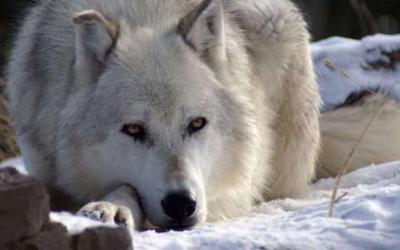
So an alpha male, in Rick’s 15 years of watching daily as real wolves do their thing, almost never does anything overtly aggressive to the pack’s other members, who comprise his family, consisting of his mate, his sons and daughters both biological and adopted, and maybe a brother.
Not that they’re not tough when they need to be. One famous wolf in Yellowstone — whose collar number, 21, became his name — was considered a “super wolf” by the people who closely observed the arc of his career. He was fierce in defense of family and apparently never lost a fight with a rival pack. Yet within his own pack, one of his favorite things was to wrestle with little pups. “And what he really loved to do,” says Rick, “was — to pretend to lose. He just got a huge kick out of it.” Here was this great big male wolf. And he’d let some little wolf jump on him and bite his fur. “And he’d just fall on his back with his paws in the air,” Rick half-mimes. “And the triumphant-looking little one would be standing over him with his tail wagging.” One year, one pup was a bit sickly. The other pups were a bit afraid of him and wouldn’t play with him. One day, after delivering food for the small pups, the “super wolf” stood looking around for something. Soon he started wagging his tail. He’d been looking for the sickly little pup, and he just went over to hang out with him for a while. For all Rick’s stories about the super-wolf’s victories, that’s his favorite. Strength impresses us. But what we remember best, is kindness.
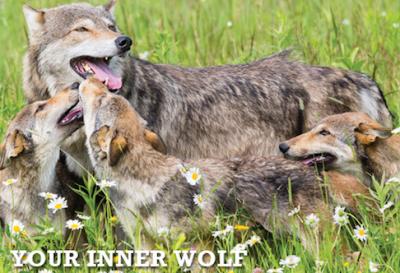
Rick describes his own boss, Yellowstone’s wolf research leader Doug Smith, as “a wolf-like alpha male and the best supervisor I’ve worked with, by far. Very supportive, never yells at anyone; he has a naturally gentle management style, a natural confidence. Without even trying, he totally motivates people.”
If you watch wolves not just in all their beauty and flexible adaptability, but in their violence in defense and hunting, too, it’s hard to escape the conclusion that no species are more alike than wolves and humans. Living as we do in family packs, fending off the human wolves among us, managing the wolves within us, we can easily recognize in real wolves their social dilemmas and their status quests. No wonder Native Americans recognized in wolves a sibling spirit.
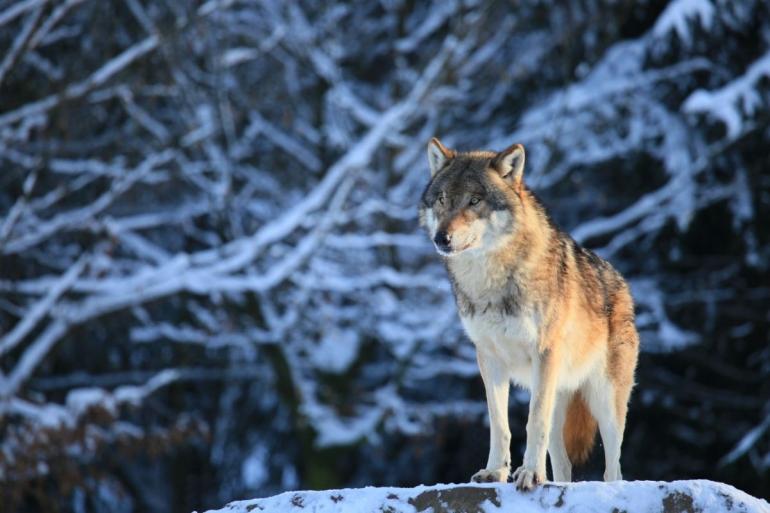
The similarities between male wolves and male humans are quite striking. Males of very few species provide year-round food and protection for females and young. Male birds provide food to females or young only during breeding season. In a few fishes and a few monkeys, males actively care for young but only while young are small. Owl-monkey males carry and protect babies, but they don’t feed them.
Helping procure food year-round, bringing food to babies, helping raise young to full maturity over several years, and defending females and offspring year-round against individuals who threaten their safety; that’s a very rare package to find in a male. Human males and wolf males, that’s about it. And the more dependably faithful of the two — isn’t us. Male wolves more reliably stick with the program, helping raise young and helping females survive with exemplary loyalty and devotion.
And then, too, there’s this: “In the old days,” Doug Smith says, “people talked about the alpha male as the boss.” Smith grins, adding, “Mainly, male biologists talked that way.” In reality, he explains, there are two hierarchies in the pack, “one for males and one for females.” So who’s in charge? “It’s subtle, but it seems that females do most of the decision-making.” That includes where to travel, when to rest, what route you’ll take, when you’re going hunting. Smith says “alpha female” is a rather outmoded term. “I use the word ‘matriarch,’” he says. “I mean a female wolf whose personality kind-of sets the tone for the whole pack.”
And so our alpha male stereotype could use a corrective makeover. We can learn a thing or two from real wolves: less snarl, more “quiet confidence,” leading by example, faithful devotion in care and defense of families, respect for females and an easy sharing of roles. Call it wolfing up.
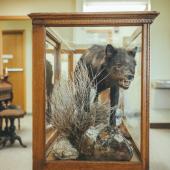
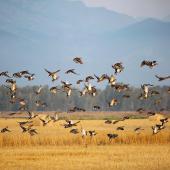
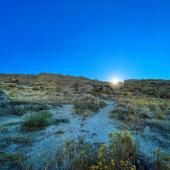

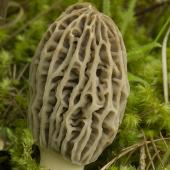
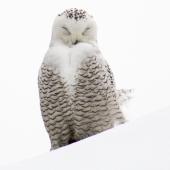
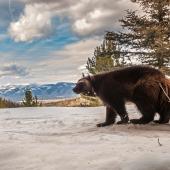
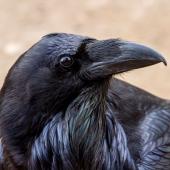
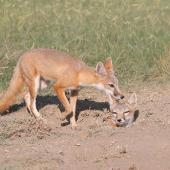
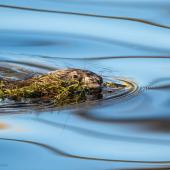
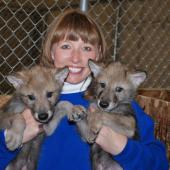
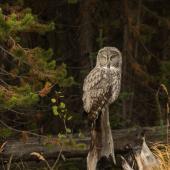
Leave a Comment Here